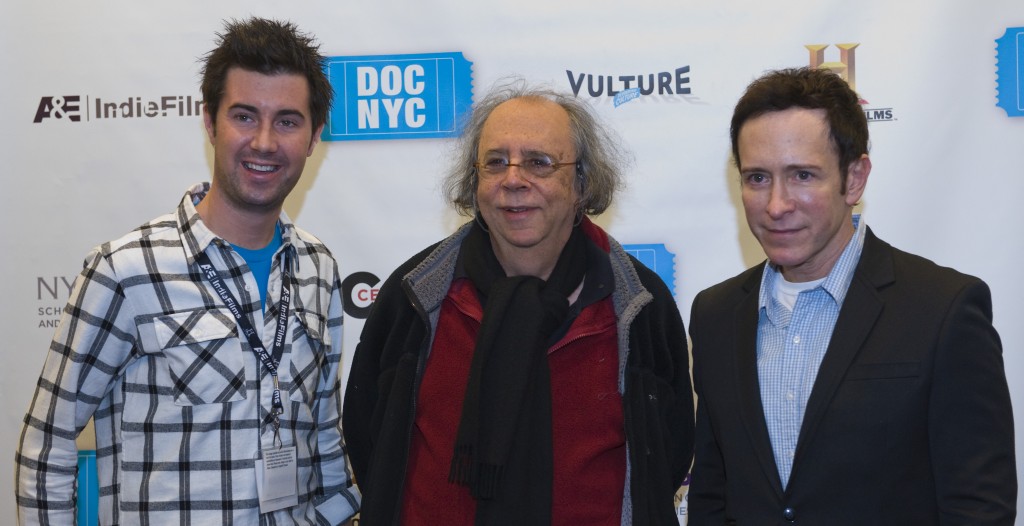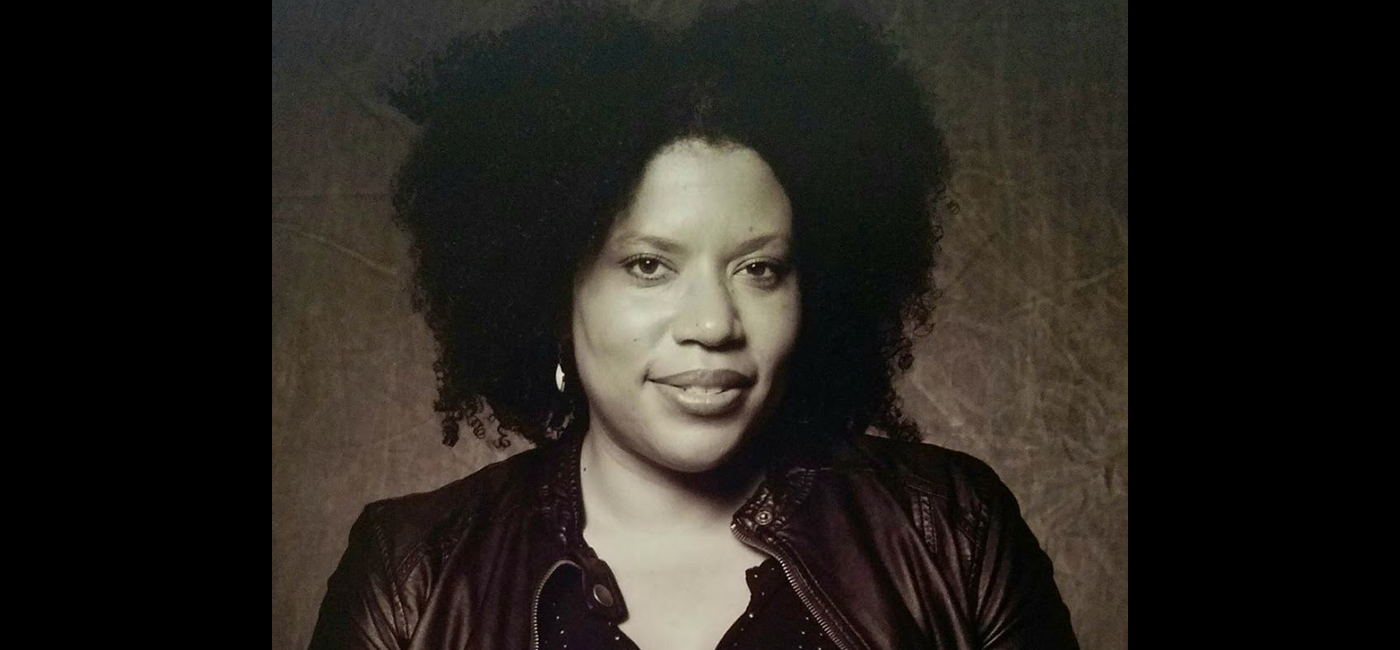DOC NYC 2010: mindFLUX

 (Richard Foreman with Ryan Kerrison and Arnie Friedland)
(Richard Foreman with Ryan Kerrison and Arnie Friedland)
It was edging toward 10 p.m., barely the dawn of a new night for the city that refuses sleep. But for Richard Foreman — he who creates the frenetically kinetic theatrical concoctions that DOC NYC Artistic Director Thom Powers calls “the quintessence of New York” — it was sleepy time.
“I’m in a very bad mood,” Foreman announced to a DOC NYC audience gathered Friday night to explore a film explaining his essence. “My normal bedtime is 7 p.m.”
A contradiction, perhaps, if he is to be believed. Then again, maybe it is perfectly logical in the wildly nonlinear worlds that Foreman’s avant-garde theatrical genius has summoned forth on New York City stages for the past four decades. Understanding, let alone explaining, either the art or the man defies possibility. Just ask the actors Foreman has worked with and influenced.
That’s exactly what director Ryan Kerrison does in his fast-paced, vaguely Foremanesque “mindFLUX.” It’s a whirling yet wholly coherent montage of intelligent interviews, archival clips, animated re-creations and motion graphics that capture both the awe and the deep affection that Foreman inspires — and that compel equal awe and affection among those unfamiliar with his work.
“Strange.” “Nuts.” “Crazy.” “Weird.” Just the start of how actors and others who love working with Foreman describe him in mindFLUX. They say these things with a smile. And clearly, with great respect.
“I was horrified,” first wife Amy Taubin says in describing the first time she saw Foreman, decked out in some assemblage of scary and mismatching attire that was the sartorial equivalent of his stage productions.
“’Jamie, you know what’s wrong with your acting: You’re always in control,’” James Cromwell quotes Foreman as telling him. “I want you out of control.”
In person and on film, Foreman manages to come off as quirkily likeable, laid-back, subtly-slyly self-effacing, and really not at all as … odd … as his work might imply. A great yet understated humor underscores much of the film, as when Foreman equates an audience experiencing his work with going to the gym – something he abhors even as it improves him.
“If people are subjected to my plays, they’re going to feel better, as if they had a mental workout,” he suggests in mindFLUX.
For the crowd at DOC NYC, he made a try at explaining himself.
“I try – maybe I don’t succeed – but I try to be liked. I try to smile. I try to act friendly,” he said before the show, really managing quite well to pull off all of the above.
But he didn’t stick around for the post-show Q&A: Perhaps too much of that nice thing is a bad thing for his art.
“To me, making art has always been: Get yourself in a place where you feel totally alone. You cannot draw on any of that social interaction. You draw on something else that comes from the soul.”
Kerrison, who was several decades away from being born when Foreman and his co-conspirators first launched their art upon the city, found himself intensely inspired after meeting Foreman and soon felt compelled to expose the man and his work to a younger audience.
As he and producer Arnie Friedland dived deep into the archives of Foreman material, it became a balancing act: Absorb the art while still staying on this side of clarity and logic in order to convey it well to a mass audience.
“All the plays he does are very weird,” Kerrison said, a bit understatedly. “You have to be careful not to get too deep in it and lose yourself in some respects.”
For Friedland, the project’s appeal lay in what he came to see as Foreman’s broader vision, one that audiences would connect with: “the themes of all of us being extremely unique — acknowledge that uniqueness and apply that uniqueness to society and make a better world.”
As for Foreman? When he did his most recent play, “Idiot Savant” with Willem Dafoe in 2009, he claimed to be done with stage productions and wanted to do some films instead. Think again.
“I’ve realized that being locked in an edit room, as a-social as I am, for month after month probably is not healthy for me. So I’m going to make some plays again.”
–Paula Froke
(Photo by Elizabeth Stene)




